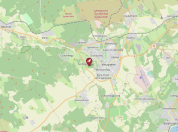Zoeken
Filteren op
Type
Labels
Dossiers
Thema's
Afdelingen
Taal
Active filters
1730 zoekresultaten
Zoekresultaten
-
Lakselvdalen
Metadata of the study site Lakselvdalen (LAK), Troms, Norway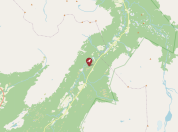
-
La Hiruela
Metadata of the study site La Hiruela (LAH), Spain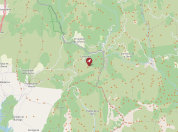
-
Kuusamo
Metadata of the study site Kuusamo (KUU), Finland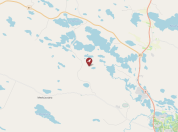
-
Kilingi-Nõmme
Metadata of the study site Kilingi-Nõmme (KIL), Estonia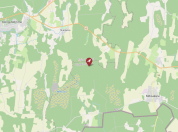
-
Kevo
Metadata of the study site Kevo (KEV), Finland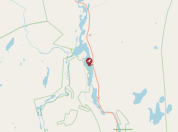
-
Kelvingrove Park
Metadata of the study site Kelvingrove Park (KEL), United Kingdom
-
Hoge Veluwe
Metadata of the study site Hoge Veluwe (HOG), Netherlands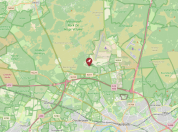
-
Hochstadt
Metadata of the study site Hochstadt (HOC), Germany
-
Harjavalta
Metadata of the study site Harjavalta (HAR), Finland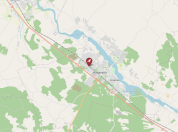
-
Gulya-domb
Metadata of the study site Gulya-domb (GUL), Hungary